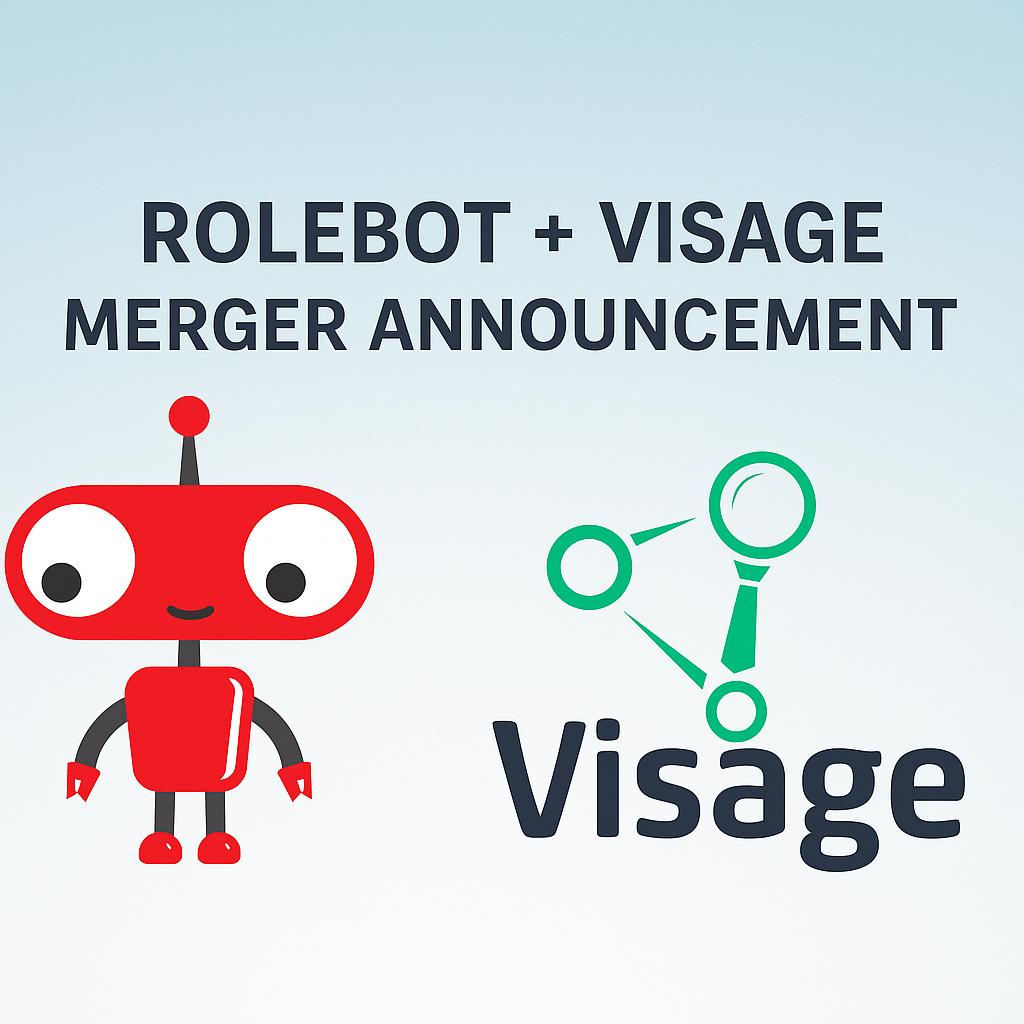Rolebot & AudienceX

Rolebot cuts AudienceX attrition rate by 75% while sourcing new channels of passive talent.
When Alejandro Phillips came to AudienceX as the new VP of People Operations in early 2022, recruitment and hiring were a top priority.
The Los Angeles-based programmatic omnichannel media platform was reeling from a mass exodus of employees migrating to different locations during the pandemic.
Immediately, Phillips engaged Rolebot, which he had worked with at two previous companies, including MuteSix, a marketing agency, where the AI-powered recruiting tool helped source 28 percent of 400 new hires.
AudienceX quickly developed a manager hiring guide and organized a successful recruitment workflow in which Rolebot would play a substantial part. Within three months, AudienceX went from 24 open roles to four open positions by the end of Q1 2022.
“While previously we had roles open for three-plus months in some areas,” Phillips says, “We’re now hiring in three-week spurts for what we need.”
Pivoting to fill open headcount using AI
Before Phillips’ onboarding, hiring at AudienceX had become sluggish and chaotic. “We needed an injection of fresh recruits,” he says.
The pandemic only worsened things, as the “Great Resignation” prompted more employees to migrate and begin new jobs at different locations around the country.
There were inherent challenges within the recruiting department, too. Role descriptions and requirements would sometimes change weekly, making it difficult for recruiters to keep pace with the changes.
Rolebot, however, was able to recalibrate based on AudienceX’s evolving needs and promptly fill the open positions, extending its reach nationwide and finding viable candidates to join the organization.
“Now, if the selection process changes along the way, I don’t have to shut down that role and begin again,” says Phillips. “Rolebot changes with you. It’s immensely flexible to change with your needs. That’s been a huge advantage for us.”
Rolebot has also been instrumental in getting hiring managers involved and vested in the hiring process.
"Rolebot has helped define what the company needs from its open roles, source passively active talent, and narrow the funnel of qualified candidates in sales, account management, media buying and graphic design", Phillips says.
Moreover, Phillips has found Rolebot useful in follow-up after the initial contact has been attempted.“People like the idea that an amazing algorithm found them and that their name popped up independent of any bias. That’s a beautiful message,” he says. “So when a leader reaches out, it affirms the message sent out by a machine. That’s one of the biggest benefits of Rolebot. You’re getting constant recognition with both AI and people. It makes people feel coveted and wanted.”
Innovating recruiting with speed and diversity
Since the company introduced Rolebot, AudienceX has leveled the playing field of diverse candidates with a 50/50 male-to-female ratio.
“Ethnic diversity has shot through the roof,” Phillips says. “This is what any business needs.”
The diversity outcome is just one byproduct of Rolebot’s ability to accelerate the recruiting process and expand the volume of candidates.
Just as AudienceX improves efficiencies of its customers’ media buys with real-time tracking and precise targeting of end-users, Rolebot has helped the digital media company speed up its recruiting process by eliminating the lag associated with traditional hiring practices such as posting jobs, reviewing resumes and fielding prospects.
“The speed in which Rolebot provides our recruitment workflow has been conducive to our quality improvements,” Phillips says. “We are still the engine, but Rolebot is like premium gas – it just burns better, lasts longer and keeps the car moving forward.”
Rolebot’s ability to identify and capture passive talent has also been game-changing for AudienceX. The company would have had a much more difficult time filling roles if it relied solely on actively looking applicants, and two, passive talent is precisely the type of candidate AudienceX wants, according to Phillips.
“You know these people are working, and there’s a reason why other companies are holding onto these employees. For example, a currently employed salesperson may have potential access to clients who could be of benefit to you. Whereas someone who has been out of the workforce for a year would need three to five months to build a pipeline,” he says. “The fact that Rolebot can source passive talent has been beneficial for us.”
Rolebot has also been instrumental in getting hiring managers involved and vested in the hiring process.
See how Rolebot can supercharge your recruiting process.
This Could Also Interest You:



